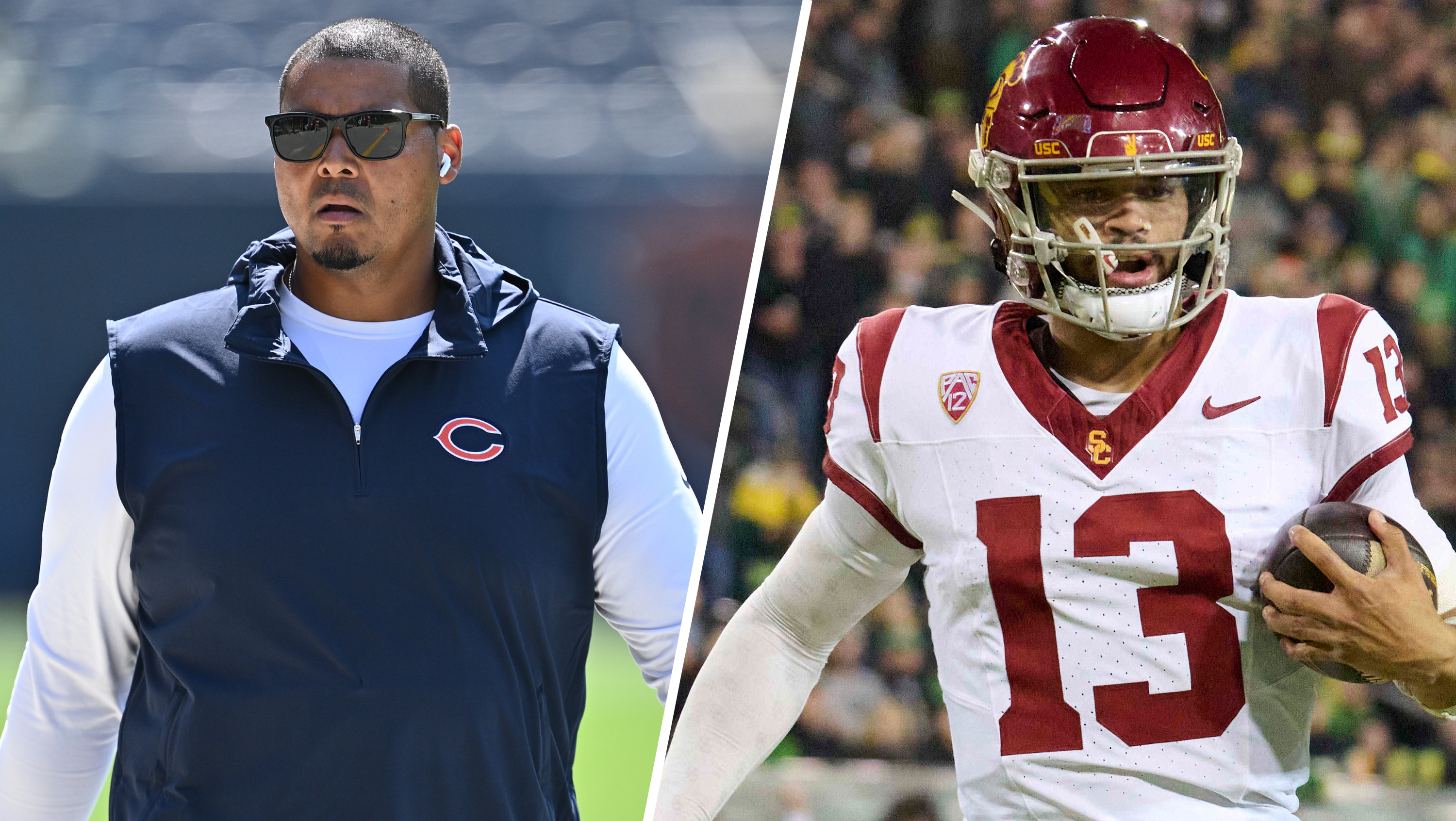The Pokémon Go mobile game was released on Apple (AAPL +0.03%) iOS and Google (GOOGL +0.80%) Android platforms on July 6. Not only did it almost immediately become one of the most popular games of all time, the app passed Twitter (TWTR +0.43%) and Facebook (FB +1.01%) in daily users in less than two weeks. So how did a game that features small colorful monsters that users “catch” by visiting real world locations become so popular so quickly?
Pokémon Go is the latest game to take advantage of Augmented Reality (AR). AR enables users to view data overlaid on the real world. Computer vision and object recognition allow devices to change the user’s perception of the physical reality around them. For Pokémon Go, this means overlaying the interactive game map on the real streets and buildings of reality and allowing users to catch Pokémon using their camera. What makes Pokémon so attractive to users is this intersection of the virtual and real world as created by AR.
This is something that should be embraced by all sports organizations. In particular, sports teams of all sizes are facing issues with having fans come to stadiums for games and live events. While media agreements do drive significant revenue for major professional and collegiate sports organizations, attendance is a multibillion-dollar issue. College football has seen attendance drop for the past five years.
The problem for many sports teams is that viewing the game at home can often be better than coming to a venue. A sports fan can sit on his/her favorite couch, order his/her favorite food, not have to deal with traffic issues, and often have better views of the action from home. Bathrooms are only a room away as well. Because of this dynamic, many sports organizations have already made building connectivity into the fan experience a central part of the solution to this problem. The NFL has spent years bringing Wi-Fi to stadiums so that fans can have the same connectivity in the stadium that they do at their homes.
However, AR can add something unique to this equation. People leave their houses playing Pokémon Go because the only way to catch the monsters is to actually go to the stadium. Developing unique content, rewards, and information that can be only be obtained by coming to a venue provides a new reason for fans to leave their houses during games. Many of these features are already available through third party apps like ESPN or theScore. Integrating these features with stadium specific content and facilitated venue access increases the sense of community that makes attending a game so special and truly augments the reality of the experience.
As the technology develops, sports organizations and their partners will be able to develop new corporate partnership opportunities as well. In addition to statistics and information, these apps will give the franchise a new advertising forum to sell to brands. What makes this so attractive from a sponsorship perspective is that you can have an engaged audience that will follow specific call-to-action campaigns in ways that are organic to the experience. In addition, teams and their partners can track behavior in real-time and send targeted ads to fans that are near the venue, concession stand or store to maximize in-venue purchases. This is already happening with Pokémon Go and McDonald’s exploring a potential partnership that would help drive Pokémon Go players to its restaurants.
The UFC and eSports have demonstrated how sports organization can leverage new technologies to generate revenue in more traditional revenue streams. AR is a great example of how to execute this strategy. Implementing AR to provide the fans and corporate partners unique experiences will enable sports organizations to more effectively monetize the in-venue experience.
News
Adam Grossman is the president of the sports sponsorship and analytics firm Block Six Analytics. He is also the co-author of "The Sports Strategist: Developing Leaders for a High-Performance Industry." In addition, he is currently an adjunct lecturer at Northwestern University, where he teaches classes on entrepreneurship and quantitative analysis. Grossman also contributes to Forbes. Follow Adam Grossman on Twitter @adamrgrossman.


